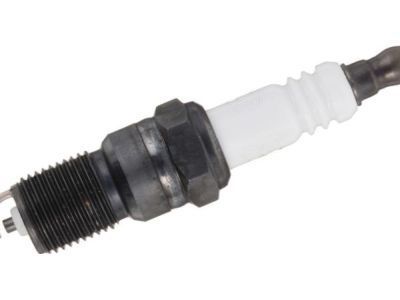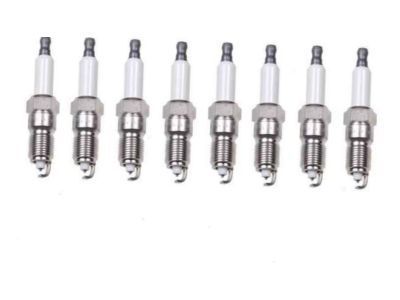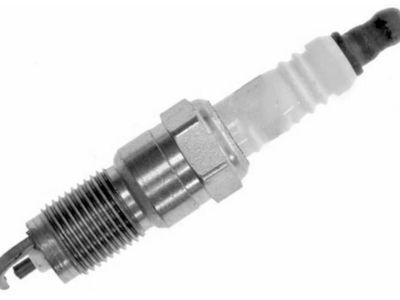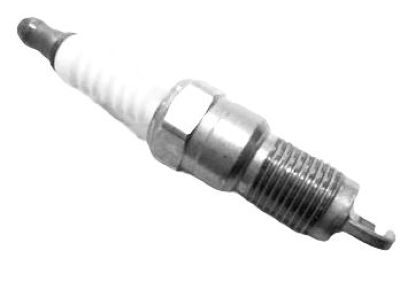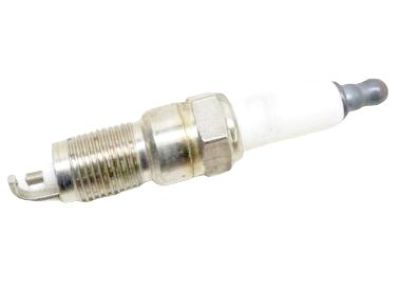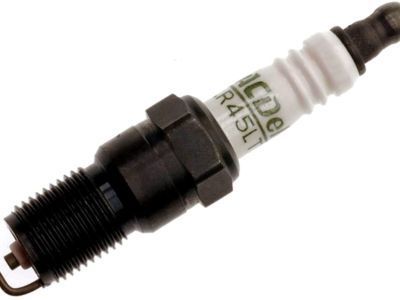
My Garage
My Account
Cart
Genuine Buick Skylark Spark Plug
Ignition Spark Plug- Select Vehicle by Model
- Select Vehicle by VIN
Select Vehicle by Model
orMake
Model
Year
Select Vehicle by VIN
For the most accurate results, select vehicle by your VIN (Vehicle Identification Number).
15 Spark Plugs found
Buick Skylark Spark Plug Asm
Part Number: 19300749$2.30 MSRP: $4.18You Save: $1.88 (45%)Ships in 1-3 Business DaysBuick Skylark Spark Plug Asm
Part Number: 19301807$8.04 MSRP: $14.42You Save: $6.38 (45%)Ships in 1-3 Business DaysBuick Skylark Sparkplug Asm
Part Number: 5614281$8.04 MSRP: $14.42You Save: $6.38 (45%)Ships in 1-2 Business DaysBuick Skylark Spark Plug Asm,Gasoline Engine Ignition
Part Number: 19355205$2.30 MSRP: $4.18You Save: $1.88 (45%)Ships in 1-3 Business DaysBuick Skylark Spark Plug Asm
Part Number: 19301813$7.93 MSRP: $14.42You Save: $6.49 (46%)Ships in 1-3 Business DaysBuick Skylark Spark Plug Pkg
Part Number: 88901006$7.57 MSRP: $13.76You Save: $6.19 (45%)Ships in 1-3 Business DaysBuick Skylark Spark Plug Asm
Part Number: 19354416$2.40 MSRP: $4.36You Save: $1.96 (45%)Ships in 1-3 Business DaysBuick Skylark Spark Plug
Part Number: 19158037$7.57 MSRP: $13.76You Save: $6.19 (45%)Ships in 1-3 Business DaysBuick Skylark Spark Plug Asm
Part Number: 19307140$7.41 MSRP: $13.48You Save: $6.07 (46%)Ships in 1-3 Business DaysBuick Skylark Spark Plug Asm
Part Number: 19302726$2.30 MSRP: $4.18You Save: $1.88 (45%)Ships in 1-3 Business DaysBuick Skylark Spark Plug Asm
Part Number: 19302723$2.76 MSRP: $5.02You Save: $2.26 (46%)Ships in 1-3 Business DaysBuick Skylark Spark Plug Asm
Part Number: 19302728$2.30 MSRP: $4.18You Save: $1.88 (45%)Ships in 1-3 Business DaysBuick Skylark Spark Plug
Part Number: 5614046$2.30 MSRP: $4.18You Save: $1.88 (45%)Ships in 1-2 Business Days
Buick Skylark Spark Plug
The Spark Plug of Buick Skylark automobiles is one of the important automobile components that ignite the fuel/air mixture in the engine through the spark. This type of spark plug includes a central electrode, metal threaded shell and a ceramic insulator and the materials and designs vary according to the type of car. The spark plug needs to have high voltage to ionize the gases present in between the electrodes to create that spark to cause combustion. Spark plugs come in various sorts including copper core, platinum, and iridium have deferent durability and efficiency. Spark plugs should also be changed as recommended by the manufacturer since the signs of poor performance will show I'm terms of missfires and low fuel efficiency.
Each OEM Buick Skylark Spark Plug we offer is competitively priced and comes with the assurance of the manufacturer's warranty for the part. Furthermore, we guarantee the speedy delivery of your orders right to your doorstep. Our hassle-free return policy is also in place for your peace of mind.
Buick Skylark Spark Plug Parts Questions & Experts Answers
- Q: What is the importance of properly functioning spark plugs for engine performance on Buick Skylark?A:Properly functioning spark plugs are essential for the engine to perform optimally. It is recommended to replace the spark plugs with new ones at the specified intervals mentioned in Routine Maintenance or the owner's manual. When replacing the spark plugs, it is important to use new ones of the same heat range and type, which can be identified by the series of numbers and letters stamped on them. The spark plug gap plays a crucial role in the efficiency of the spark, so it should be set correctly using a feeler gauge. The condition and appearance of the spark plugs provide valuable information about the engine's tune and condition. A clean and white insulator nose indicates a weak mixture or a hot plug, while hard, black-looking deposits suggest a rich mixture. A black and oily plug may indicate engine wear and a rich mixture. Light tan to greyish brown deposits on the insulator nose indicate a correct mixture and a well-maintained engine. If there are long, brown, tapering stains on the outside of the white portion of the plug, it indicates a faulty joint and requires replacement. Always tighten the spark plug to the specified torque, avoiding excessive tightening.
